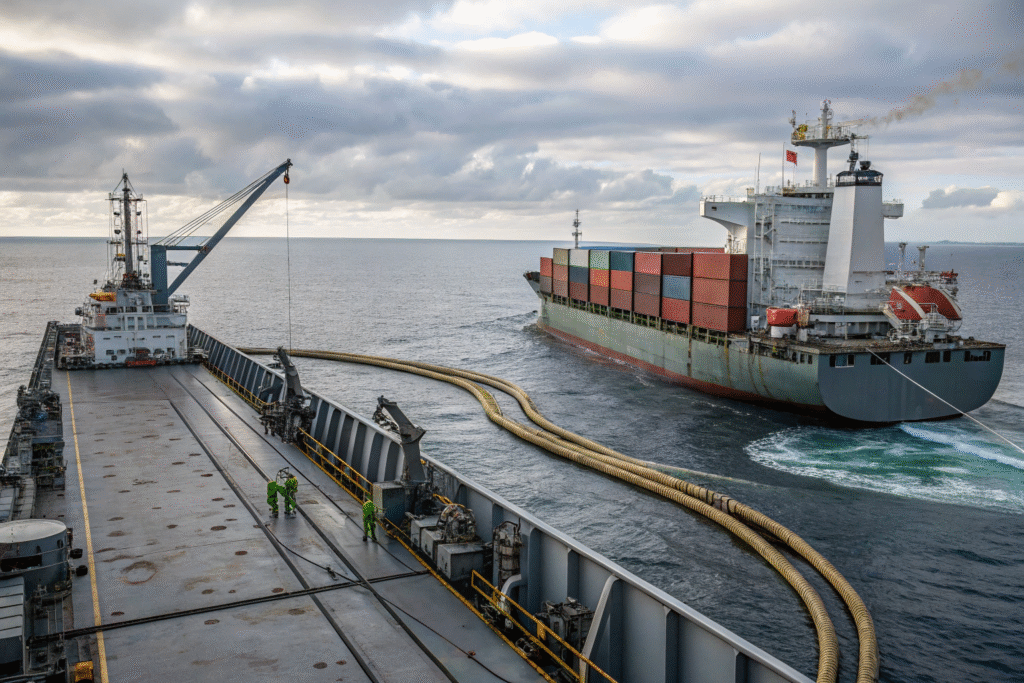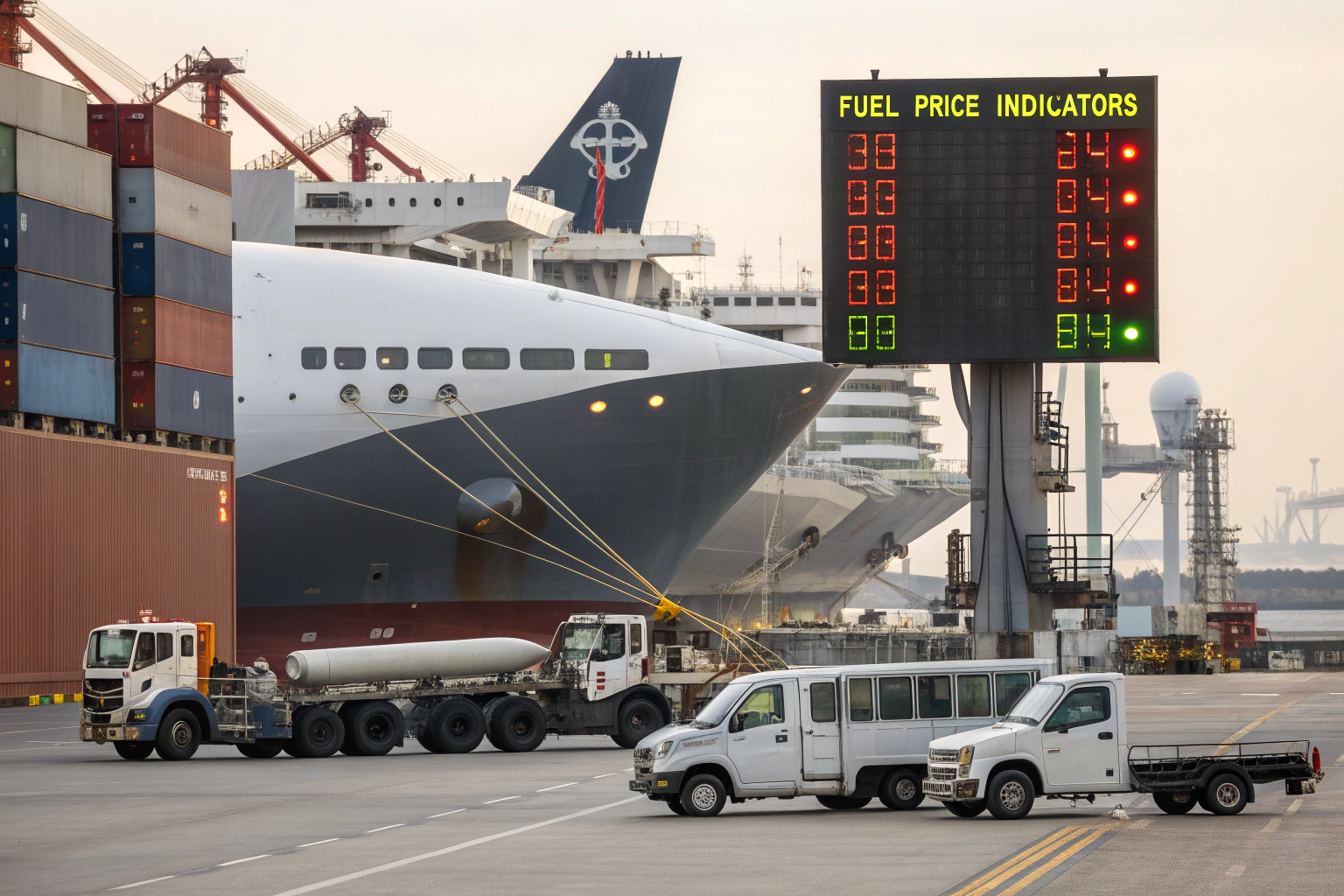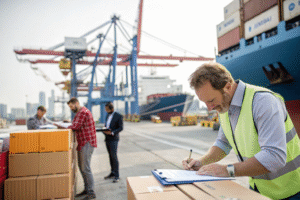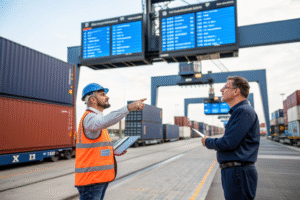Fuel is one of the most significant variables in international logistics. From container ships crossing the Pacific to cargo planes flying into North America, every transport mode relies heavily on fuel. When oil prices rise, freight rates climb; when they fall, costs stabilize. For importers sourcing from China, these fluctuations often explain why freight quotes change unexpectedly.
Fuel impacts freight costs by raising carriers’ operational expenses, introducing surcharges, influencing route decisions, and shaping long-term supply chain strategies.
Drawing on both academic frameworks in supply chain economics and my professional experience as a freight forwarder, I will explain how fuel prices affect ocean, air, road, and rail freight—and how businesses can manage this risk.
How do fuel costs influence ocean freight rates?
Ocean freight accounts for more than 80% of global trade by volume, and bunker fuel is its largest operating expense.
When bunker prices rise, shipping lines increase freight rates or apply surcharges to recover costs.

What is the Bunker Adjustment Factor (BAF)?
Carriers apply a Bunker Adjustment Factor (BAF) to cover fuel price volatility. This surcharge is reviewed periodically, ensuring that fluctuations in marine fuel prices are shared with shippers.
How do environmental regulations affect costs?
The IMO 2020 regulation mandated the use of low-sulfur fuel, which is 30–40% more expensive than traditional heavy fuel oil. This transition increased operating expenses for carriers worldwide, raising freight rates for importers.
Why is air freight especially sensitive to fuel prices?
Air freight is the most fuel-intensive mode of transport. Jet fuel represents up to 30% of airline operating expenses, making freight rates highly sensitive to price shifts.
When oil prices spike, air freight surcharges rise almost immediately.

How do airlines handle volatility?
Airlines such as Emirates SkyCargo use fuel hedging strategies to lock in prices and reduce unpredictability. However, extreme market shifts still impact costs, and surcharges are adjusted frequently.
What is the impact on importers?
Importers of electronics, fashion, or pharmaceuticals often depend on air freight for speed. According to IATA, surcharges linked to jet fuel can significantly increase total landed costs, forcing businesses to adjust pricing strategies or inventory planning.
How do fuel prices affect trucking and rail freight?
Even after goods arrive at ports, they must move inland by truck or rail. Both modes rely on diesel, and costs rise directly with fuel prices.
Inland surcharges increase delivery costs, often becoming hidden expenses for importers.

Why is trucking highly sensitive?
The American Trucking Associations report that fuel is the second-largest expense for trucking companies after labor. When diesel prices rise, last-mile delivery rates increase proportionally.
How do rail freight providers adapt?
Rail is generally more fuel-efficient than trucking. Companies like DB Schenker promote rail freight for long distances to mitigate rising diesel expenses. In academic terms, this aligns with modal shift theory, where companies select transport modes to balance cost and efficiency.
How can businesses manage the risk of fuel volatility?
Fuel price volatility is beyond the control of importers, but businesses can apply strategies to reduce exposure.
Common strategies include hedging, long-term contracts, modal diversification, and working with forwarders who monitor global fuel markets.

Why do contracts provide stability?
Annual contracts with carriers or forwarders can lock in base freight rates, limiting exposure to short-term fuel surcharges. Academic models of supply chain risk management show that such agreements reduce uncertainty.
What role do digital platforms play?
Market intelligence platforms such as Xeneta provide real-time benchmarks of freight rates, allowing importers to anticipate fuel-related surcharges. Combining these tools with professional forwarder support ensures that businesses stay competitive even in volatile energy markets.
Conclusion
Fuel prices shape freight costs across all modes: bunker surcharges raise ocean freight rates, jet fuel drives air freight volatility, and diesel impacts trucking and rail delivery. These changes flow directly to importers, altering supply chain budgets.
From my perspective as both a logistics practitioner and an academic in supply chain economics, fuel costs highlight the delicate balance between global trade and energy markets. Businesses that monitor fuel trends, negotiate strategically, and work with knowledgeable forwarders can transform volatility into a manageable risk—ensuring supply chain resilience and financial stability.









